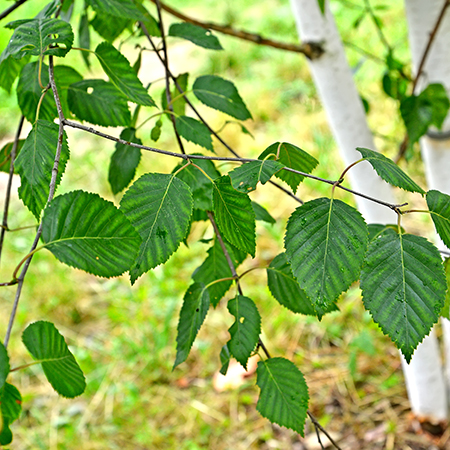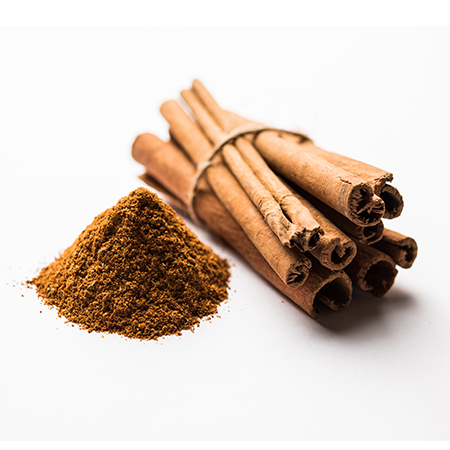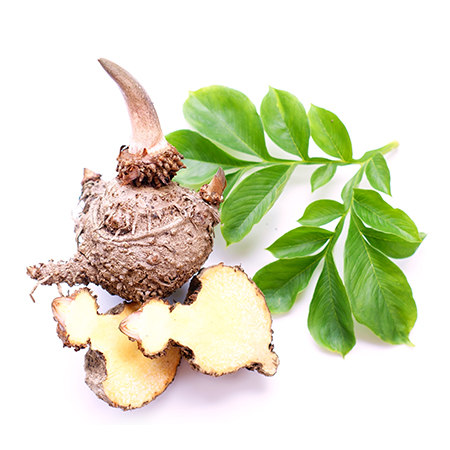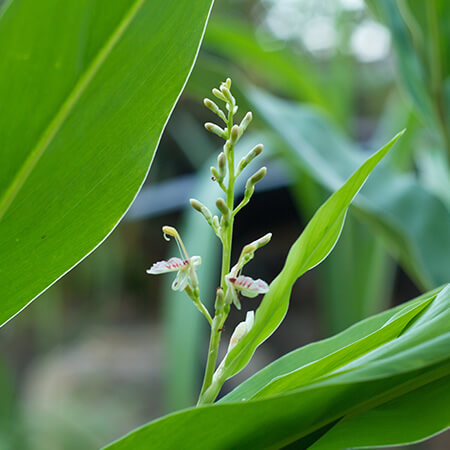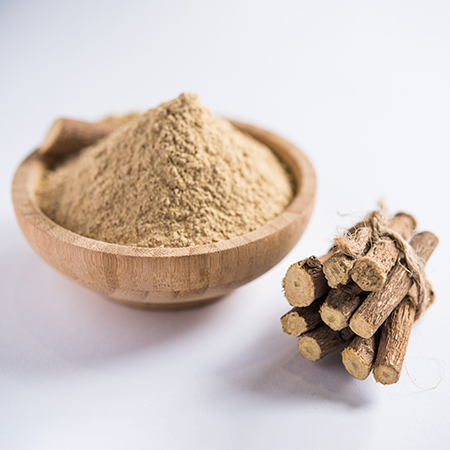Ayurveda and Science
Atees/अतीस/Aconitum Heterophyllum/Ativisha
AYURVEDIC & MEDICINAL PLANTS
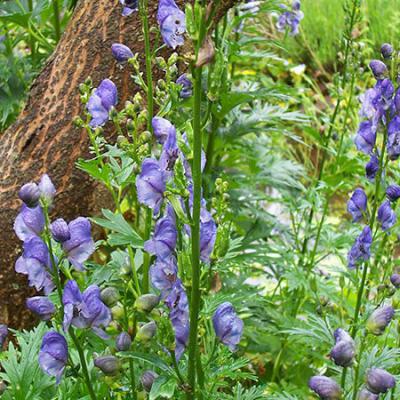
Hindi Name: Atees
Sanskrit Name: Ativisha
English Name: Indian Ateech
Latin Name: Aconitum heterophyllum Wall
A perennial erect herb with greenish-blue flower found wild in alpine and sub-alpine Himalayas. Root of the herb is used in Ayurveda.
Aconitum Heterophyllum Medicinal Uses
Indian Ateech is primarily employed in the treatment of fevers including malarial conditions and acute respiratory disturbances. Apart from the rest home remedies for malaria , this herb is considered the best home remedy for treating malaria. As compared to Aconite, which is an extremely toxic plant, Indian Ateech is lesser toxic. However, it also undergoes the procedure of detoxification before being used in the manufacturing of Ayurvedic medicines. Experimental studies hint at its active anti-malarial and antipyretic activities.
Chemical Composition
Roots contain intensely bitter alkaloid atisine, acotinic acid, tannic acid, and pectinous substances. It has abundant starch, fat, and a mixture of oleic, palmitic, stearic glycerides.
Effect on
Doshas
Pacifies Kapha and Pitta.
Read more about various ailments, it's causes, symptoms, ayurvedic treatments, etc.
Explore More
















